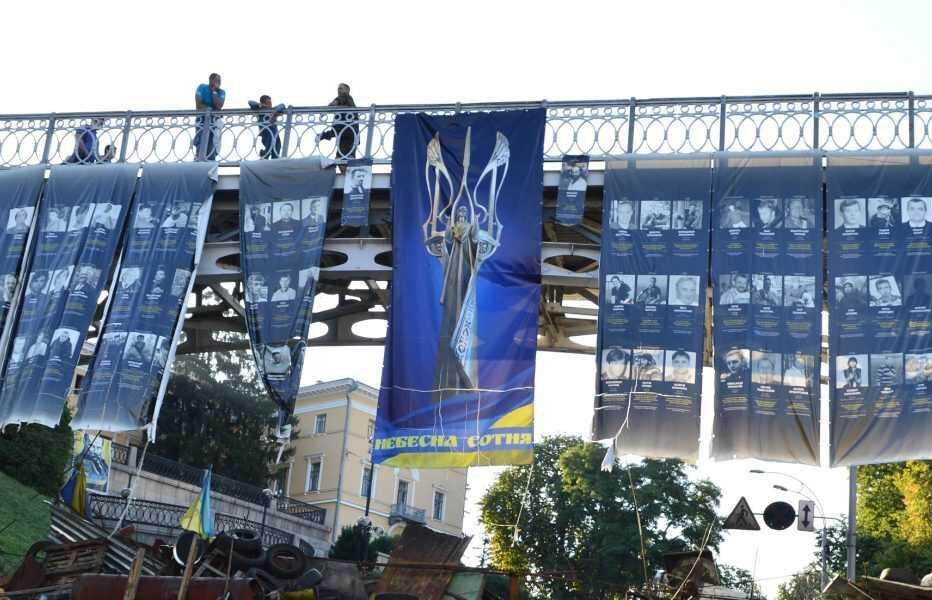Euromaidan was the resounding impetus for the 2014 Ukrainian Revolution. Indeed, the spark that set off the inferno is named after “Maidan Nezalezhnosti” or Independence Square. Additionally, Independence Square is the central square located in Kiev, the capital city of Ukraine.
Colloquially referred to as “Maidan”, Independence Square has been the epicenter of several huge protest movements since the end of the cold war. This includes 1) 1989 “Revolution on Granite” 2) 2001 “Ukraine without Kuchma” 3) 2004 “Orange Revolution” and 4) 2013-2014 “Euromaidan”. Indeed, the aftermath of Euromaidan has complex geopolitical implications which have yet to play out.
My Visit to Kiev in 2014
I visited Kiev for several weeks in 2014 during the last few days of the Euromaidan protests. Fortunately, the violent protests had mostly ended by that time. However, this did not mean that Kiev was free of potential danger, especially at night.
My residence in Kiev was a short walk to Maidan Square. One morning I visited Maidan to learn that there had been a grenade attack the night before. Nonetheless, protesters still camped out in Maiden, although their numbers had diminished significantly.
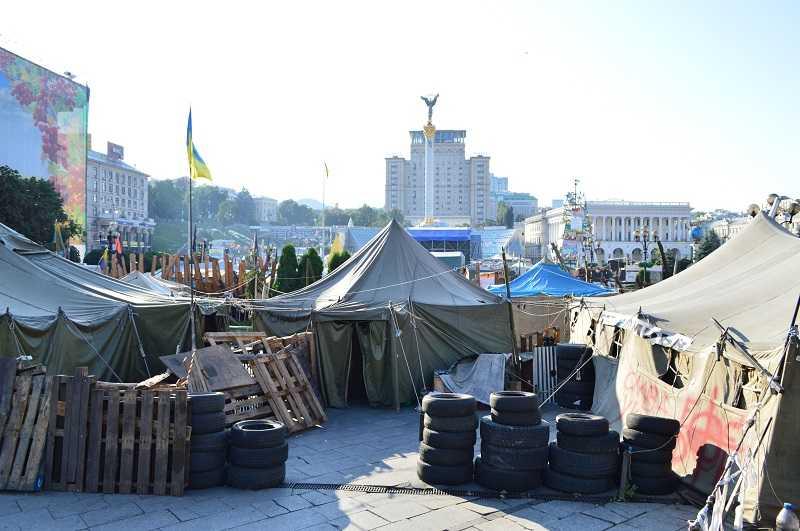

Euromaidan Ignites Ukrainian Revolution
The Euromaidan public protests began in Maiden Square on November 21, 2013 demanding broader integration with the European Union. However, the protests evolved into the 2014 Ukrainian Revolution after President Viktor Yanukovych signed a large economic agreement with Russia.

Indeed, Yanukovych inflamed the situation by using heavy handed tactics in an effort to disperse the Euromaidan protestors. If not for his ham-fisted attempt to scare them away, Euromaidan may well have extinguished itself with nominal effect.
As a result of his aggression, the protestors demanded the resignation of Yanukovych and the end of political corruption in Ukraine. Additionally, the number of protestors swelled, at times over 200,000 would fill Independence Square.
The Euromaidan movement raged through the bitter cold winter of 2013/14 resulting in the abdication of Yanukovych on February 22, 2014. Indeed, the home of Victor Yanukovych (Mezhyhirya residence) was seized by the protestors and Yanukovych fled to Russia.
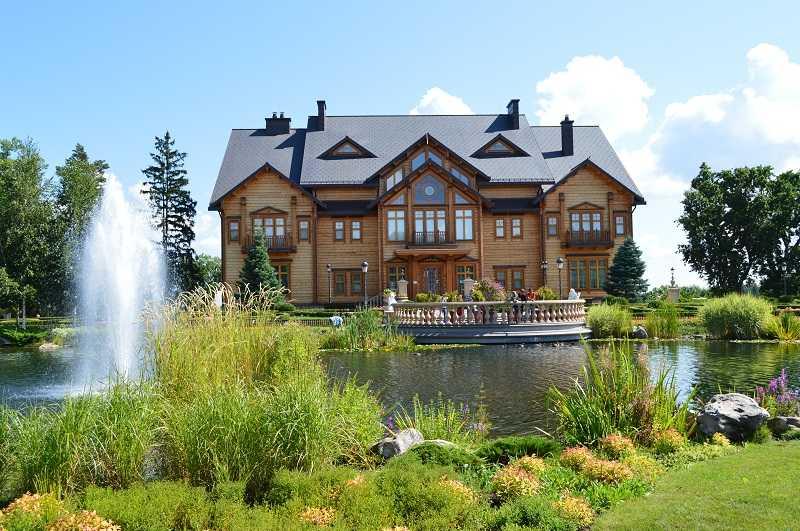
Furthermore, a pro European government was instated in Kiev which included the election of President Petro Poroshenko in 2014.
Euromaidan Casualties of Dubious Cause
The escalating clashes between police and protestors grey increasingly dangerous and violent. As a result, sniper fire took the lives of over 100 people between February 18-23 2014. However, examination of the bodies revealed that similar bullet wounds killed both protestors and police officers.
This indicates that the snipers may have been deployed to stoke tensions. Possible provocateurs include foreign agents or Ukrainian security forces. As Hennadiy Moskal, a former deputy head of Ukraine’s main security agency suggested in an interview.
“Snipers received orders to shoot not only protesters, but also police forces. This was all done to escalate the conflict, to justify the police operation to clear Maidan.”
Ukrainian Newspaper – Dzerkalo Tizhnya (Mirror Weekly)
New Government Seeks Revenge for Euromaidan
Unfortunately, the new Ukrainian government used Yanukovych style tactics to prosecute members of the police for killing 34 Euromaidan protestors. According to a report published by Reuters on October 10, 2014, “serious flaws” were found in the evidence used to convict members of the special Ukrainian police force.
- The senior officer convicted lost his right hand in an accident 6 years previously. However, the photo of a man holding a rifle used to convict him showed he had both hands.
- No one was charged with killing any officers
- The prosecutor and minister in charge of the investigation had all taken part in the Euromaidan uprising.
- The general prosecutor for Ukraine, Vitaly Yarema was captured on video striking a traffic officer in the face during the protests.
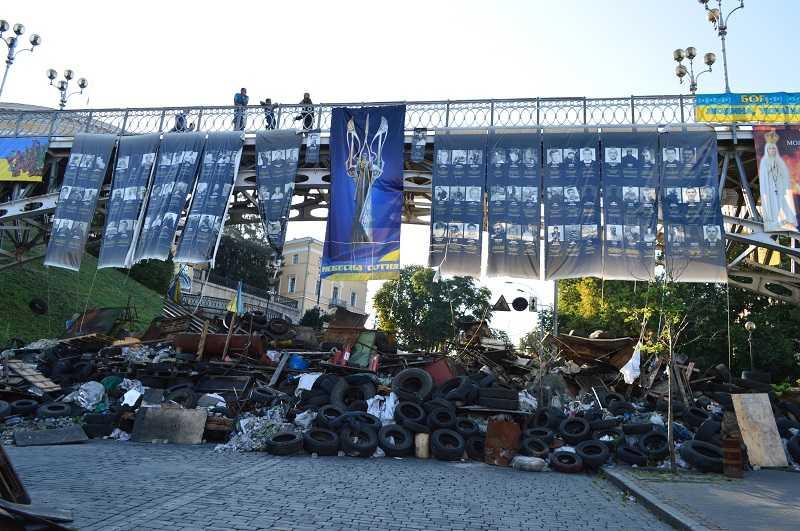
The photo above is also the location where massive clashes occurred between police and protestors. Additionally, the location of the government buildings is behind the barricade which was a target for the protestors. However, this is also where police would try to break through into the protestors camp.
Euromaidan Provokes Civil War
Several districts in Eastern Ukraine had large Russian majorities who wished for reintegration with Russia. As a result, the 2014 Ukrainian revolution proliferated into a larger battle in the east between Russian separatists and Ukrainian nationals. The new Ukrainian government has resisted this and unfortunately, this conflict still rages on.
Euromaidan Triggers Annexation of Crimea
The annexation of Crimea by Russia was a direct result of the Euromaidan protests. In 1954, Nikita Khrushchev had given the Crimean Peninsula to Ukraine as a gift. However, at the time, it was not foreseeable that Ukraine would ever achieve independence from the Soviet Union.
Indeed, Crimea has historically been very important for the Russian Navy because it is their only warm water port on the Black Sea. This means that during the winter, the water surrounding the port does not freeze over. Certainly, an increasingly hostile Ukraine would give Russia cause to take action.
Was the Crimea Referendum Legitimate?
The large Russian majority population of Crimea has long been sympathetic for annexation by Russia. Indeed, in 1992, the Crimean legislature voted for independence from Ukraine. Unfortunately for Crimea, the referendum was never held due to fierce opposition from Kiev.
In the aftermath of Euromaidan, there was a new referendum in 2014. As a result, the new 2014 referendum in Crimea broadly approved the reincorporation of Crimea into Russia. However, the Western diplomats have heavily criticized the results of the vote. Nonetheless, due to the very large Russian majority still living in Crimea, it is completely conceivable that the results were legitimate.
Was Euromaidan a Clash of Civilizations?
Political integration between the Ukrainians and Russia did not occur until the mid 17th century. However, this connection was not based on ethnic unity. Instead, the Ukrainians had sought Russian protection against Polish aggression.
Furthermore, when Ukraine was incorporated into the U.S.S.R in 1922 a very large amount of Russians migrated. As a result, the cultural divide known as “clash of civilizations” became more prevalent in Ukraine. This phenomenon is also clearly evident in former Soviet states such as Kazakhstan.
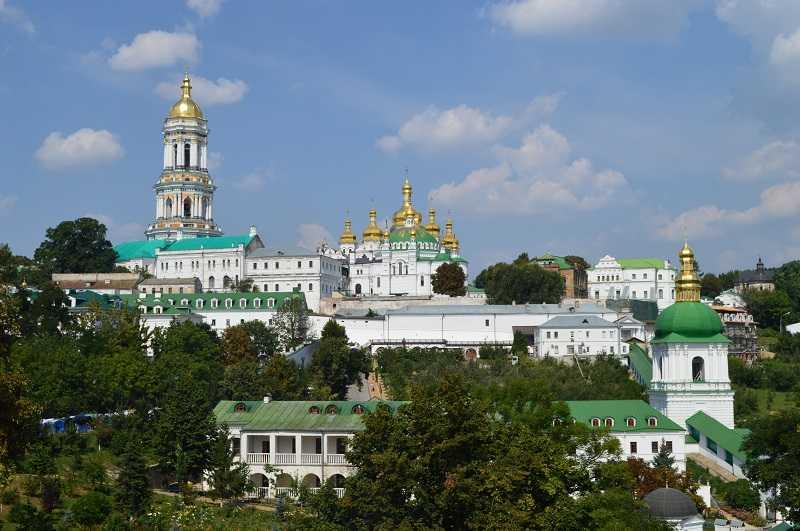
This fault-line was identified by Samuel P. Huntington in his 1996 book “The Clash of Civilizations”. Indeed, there is a clear divide between Western and Eastern Ukraine. However, this divide is not geographical, instead it is based on different religions, language and ethnicity.
The ethnic Ukrainians have strong historical and ethnic ties to Europe and not Russia. However, the Ukraine has never been embraced by fellow Europeans and has long been used as buffer zone separating Russia and Europe.
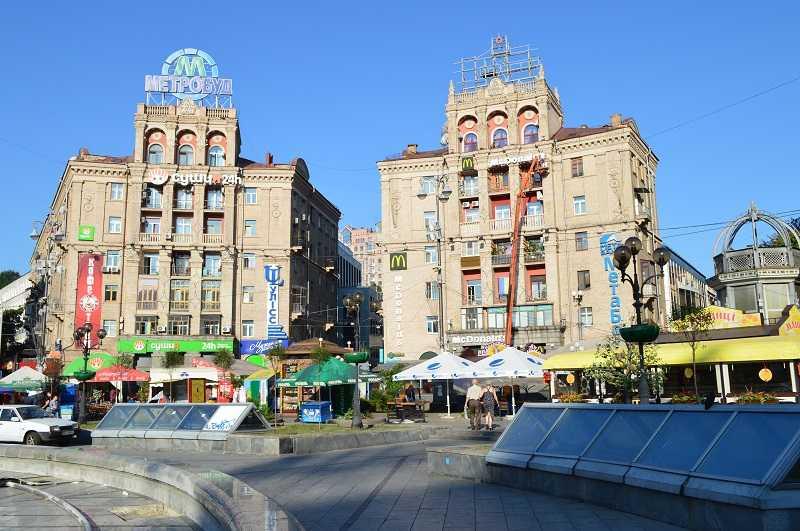
Ukrainian WWII Heroes
The ignorance of Europe regarding Ukraine is despite the fact that Ukraine played a pivotal role in the defeat of the Nazi army. Indeed, the Eastern front saw the vast majority of the fighting during WWII. Additionally, the treatment of Ukraine by the Nazis during the occupation was brutal. As a result, it is estimated that between 5-8 million Ukrainians lost their lives.
The Western victory in Europe would not have occurred without the collapse of the Nazis on the Eastern Front. Indeed, 93% of the Nazi WWII causalities would occur on the eastern front. As a result, over 10 million Soviet troops would die fighting, of which 1.4 million were Ukrainian.
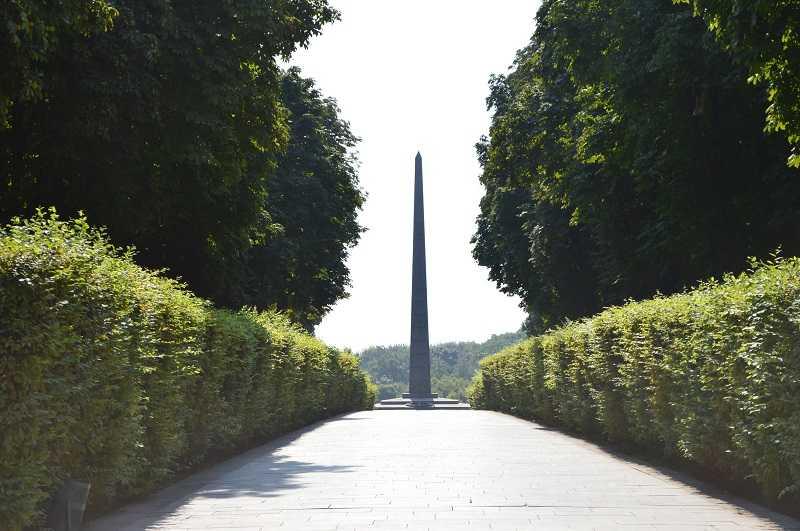
Furthermore, the Americans had long delayed their invasion of Europe until after the Nazi collapse on the Eastern front. Indeed, the Nazi army in Europe was already in retreat to defend Berlin by the time the British and Americans finally invaded. So who really won WWII? It seems history books in the West have a political bias.
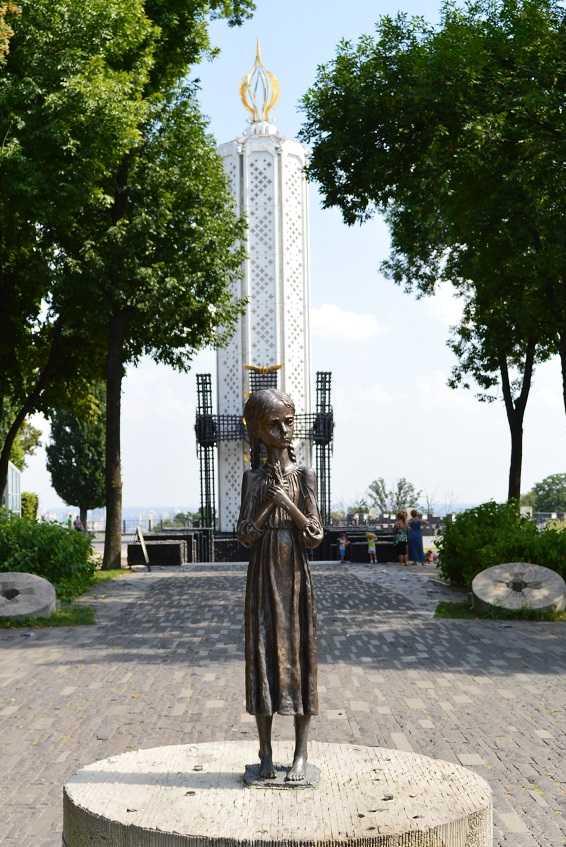
Did Euromaidan Result in Economic Integration with the EU?
Prior to Euromaidan little efforts had been made by Ukraine to increase economic ties with the EU. The Ukraine-EU Association Agreement was ratified by the EU in 2014. However, the “Approval Act” which would put the agreement into full force has still not been put into effect.
Economic integration into the EU is imperative for Ukraine’s economic development. In 2013, 24% of Ukrainian exports went to Russia while only 5% or Russian imports came from Ukraine. Update*- The Agreement was put into force September 1, 2017. Additionally, The visa liberalization agreement finally went into effect June 11, 2017.
Russian Gas Imports
Ukraine has historically been very dependent on Russia for its energy needs. Indeed, prior to Euromaidan, Ukraine received 50% of its gas imports from Russia at large price discounts. Additionally, the price paid for Russian gas imports was below what Russia charges it’s own citizens. Unfortunately, Ukraine remains one of the most energy inefficient countries in the world.

